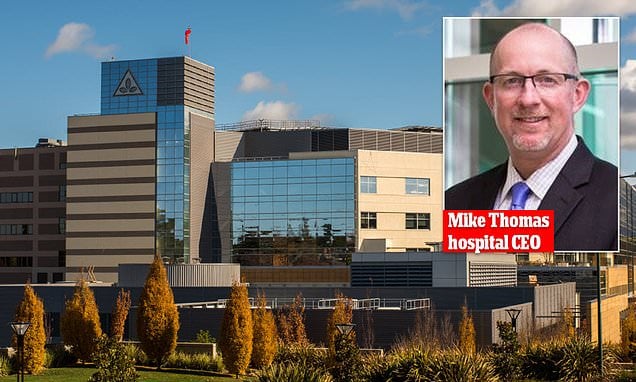- Joined
- Jul 5, 2020
- Messages
- 4,391
- Reaction score
- 9,528
The problem with arbitration is that the current prevailing rates in the community are the baseline and considered reasonable. The commercial insurance rates will never go up. Insurance company payment for anesthesia services have suddenly become nonnegotiable and hospitals have to recognize that the cost of anesthesia will increasingly come directly from their pockets.
The government goes out of its way to keep power out of doctors' hands. They keep us from owning hospitals and having conflicts of interest of self referrals. They don't allow medicare to negotiate for drug prices (???), prevent physicians from negotiating with insurance companies, mandate nonnegotiable cuts to reimbursements to turn physicians into hospital employees. But it is totally cool for insurance companies, hospital systems, pharmaceutical companies, etc. to run roughshod over all of the patients and workers that comprise the system. It just feels like the whole system is due for a collapse.

